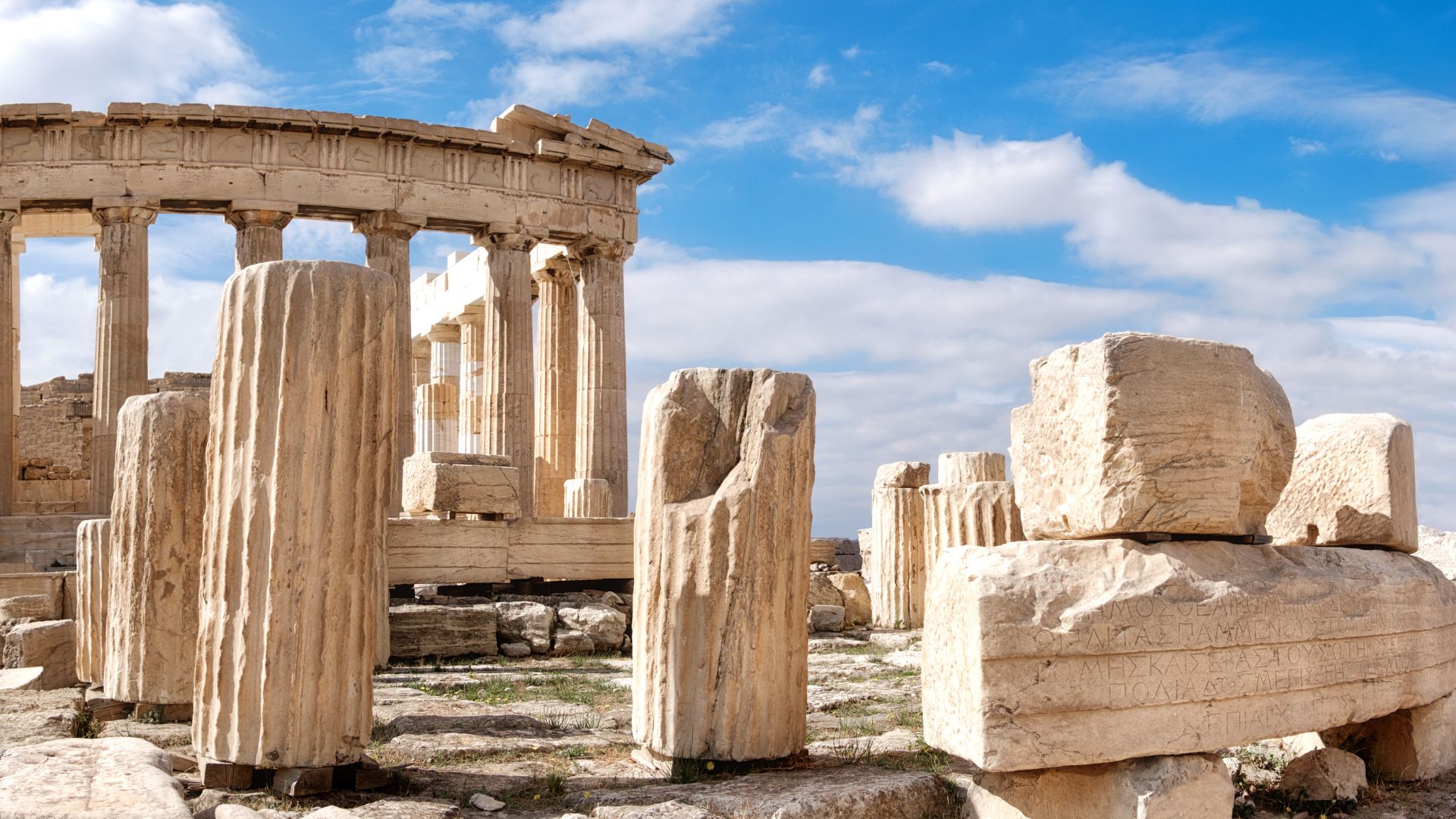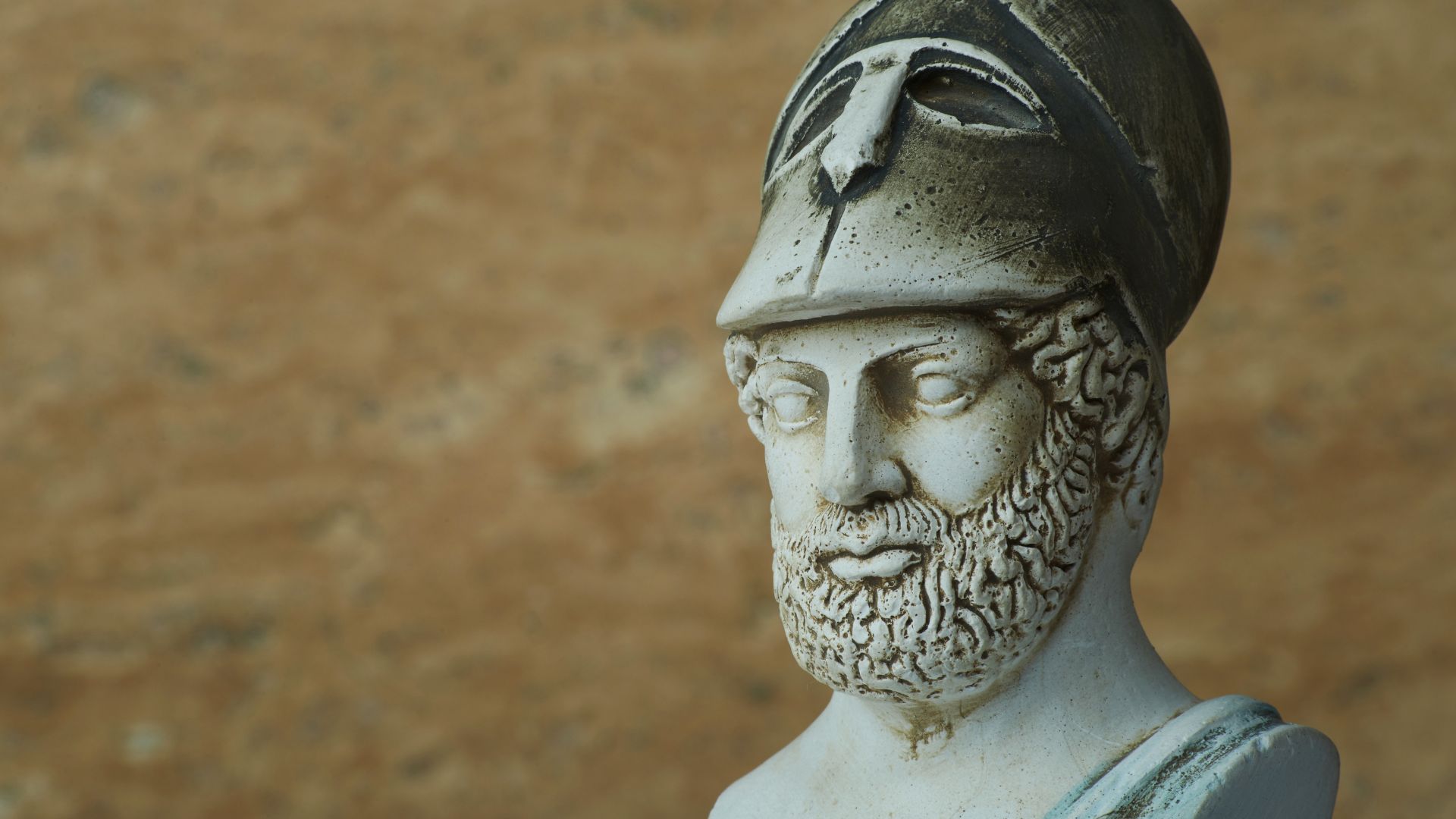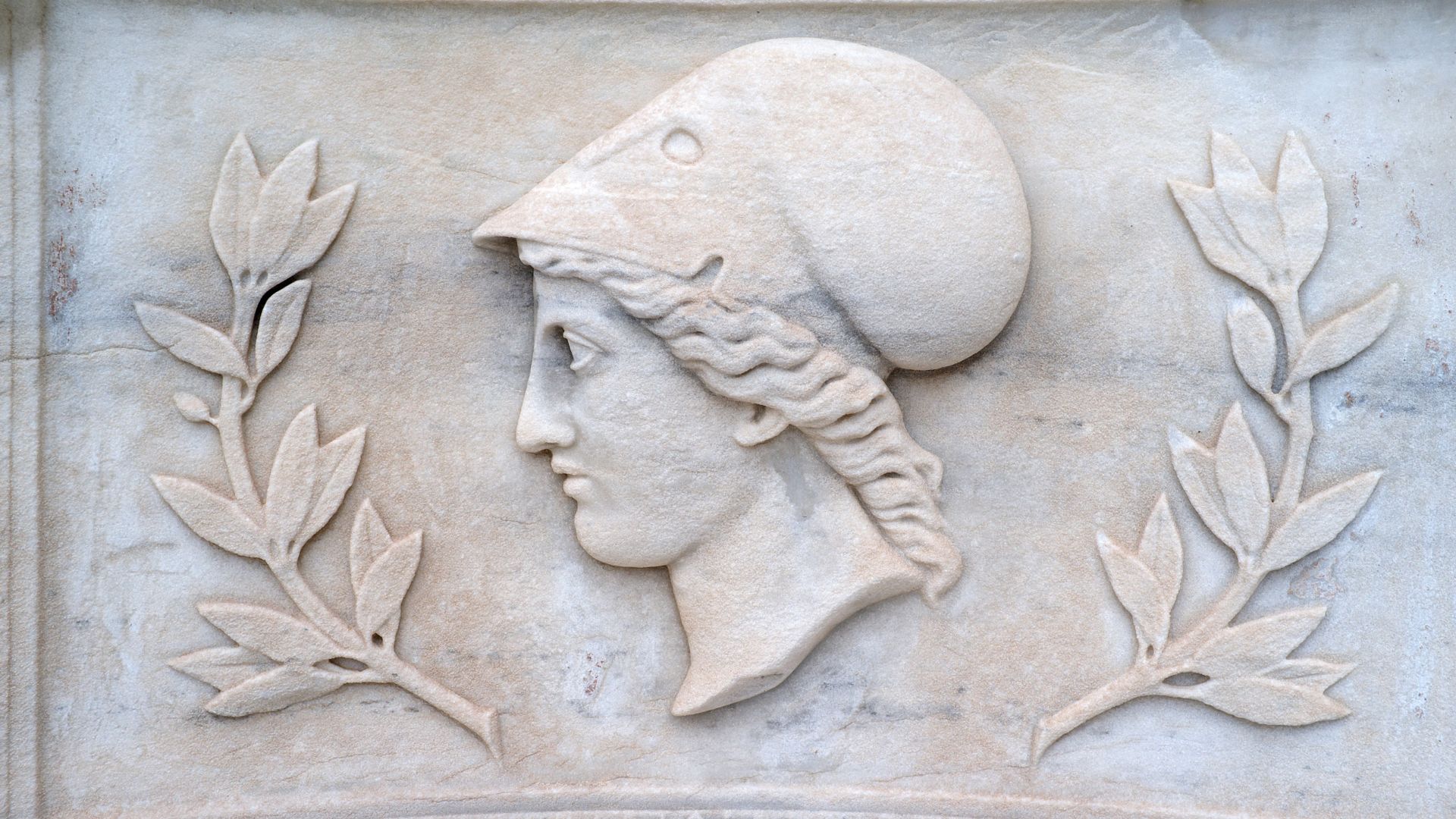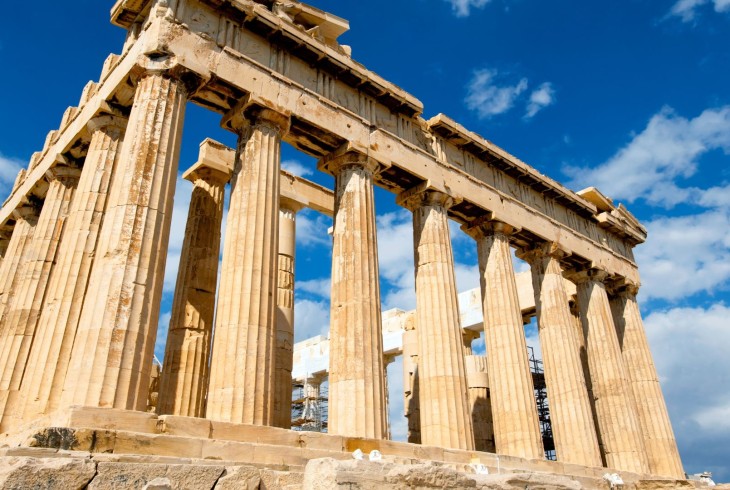There is no understatement in saying that the Parthenon in Athens is one of the most iconic structures ever built. Crowning the Acropolis with its quiet, stately beauty, the building has been the inspiration behind countless churches, temples, and civic buildings around the world. It has become synonymous with Athens, with Ancient Greece, and with the birth of democracy. It has weathered nearly two and a half millenia of wars, regime changes, empires rising and falling, and pillaging. In its long history, it has been a temple (of sorts, but more on that later), a Christian church, a mosque, and a gunpowder magazine. This perpetual evolution has imbued it with a special significance in the history of western architecture, and has embedded itself in the artistic consciousness of the modern era.

It’s history starts in the early 5th century BCE. A previous Parthenon was started on this location after the Athenian victory at the Battle of Marathon. Dedicated to Athena Parthenos, this building would be destroyed before even being completed during the sack of Athens by the Persian Empire in 480 BCE. Either due to an oath by the Athenians not to rebuild anything destroyed by the Persians as a reminder of their defeat, or because it was too impractical and expensive, the Athenians chose not to rebuild the site, and it sat empty for over 30 years. After the Peace of Callias in 450 BCE ended conflict with the Persians, the city set about reconstructing many of its buildings. It is believed during this period a second Parthenon was begun, but there is little evidence attesting to its fate.

It would be in the mid-to-late 5th century BCE, when Athens started to reach the peak of its power, that it would begin massive civic projects to reinvent the city. The infamous statesman, Pericles, initiated the most ambitious building project in the history of the city, completely transforming the Acropolis. Most of the main buildings and ruins that are left today were built during this project, which took nearly a half a century to complete.

Constructed of Pentellic marble, the building necessitated a huge influx of stonemasons, quarrymen, carvers, artists, carpenters, metalworkers, and architects. These men came from all over the Greek city-states, bringing their families, various cultures and customs, and beliefs to Athens. Much of this would lead to the subsequent “Renaissance” of Greek art and philosophy. The marble was brought from a mine nearly 20 miles away, and only the most perfect veins were used. Construction started in 447, dedication would happen in 432, and decorations would be completed in 431. Even in its day, it was considered the most perfect manifestation of the Greek ideal of beauty.
There are peculiarities and irregularities in its design which show the sophisticated knowledge the Greeks had of architecture. For instance, the thickness of the columns increases by approximately 4 centimeters to counteract the appearance, at a distance, of the columns having a “waist”. This optical effect was one of many employed to make the building more consistent. Another is seen in the stylobate, which is the platform where the columns stand. In order to help the building shed rainwater, as well as reinforce it against earthquakes, there is a slight parabolic upward curvature. This should result in the columns leaning out slightly, but in fact the architects designed it to do the opposite-- the columns lean inwards at the most delicate degree. It has been calculated that if the columns continued upward, they would converge at about 2,400 meters, or 1.5 miles, above the center of the building. All of these techniques reinforce its reputation as a masterpiece of classical architecture.
The term “Parthenon” itself has a slippery etymology, one which scholars debate to this day. In Ancient Greek, it means “maiden, girl” and “virgin, unmarried woman.” Pinning down just why this massive structure got this name is where the sources conflict with one another. Some believe this referred to special apartments designated for unmarried women to live in, but in the Parthenon locating those rooms is still a mystery. It perhaps refers to a particular room in the Parthenon, likely the western cella. Another suggestion is that the room in question was where the arrephoroi-- a group of four young women chosen to serve Athena each year-- gathered to weave a peplos, or sort of crown, to be presented to Athena at the Panathenaic Festivals. Tying it more explicitly to Athena, other scholars believe the “Parthenon” refers to the temple of the virgin goddess, Athena Parthenos.

The ongoing complexity of understanding the origin of the name also belie the complexity of understanding the function and use of the building. Known in modern times mostly as a temple, there is substantial evidence its function wasn’t the same as a temple in the traditional sense. No evidence clearly indicates it was the host of a cult of Athena, and the cult image of Athena Polias which was revered throughout the city was hosted in a separate nearby temple.
Regardless of the function, the building maintained its position as the crown of Athens throughout its lifespan. As the old religions died out and the state was subsumed into new ones, the Parthenon changed uses. It became a symbol of the new Christianity in the Mediterranean world; it took on the shape of a mosque, promoting the Islam of the Ottoman Empire; it phased through uses until being nearly destroyed by an explosion. And one of the worst offenses was having some of its greatest artistic relics ransacked by the British and hauled off to the British Museum of London, an act that to this day is considered controversial.
In spite of all of it, or because of all of it, the building today is married to the idea of Ancient Greece and all that they provided for the world.

